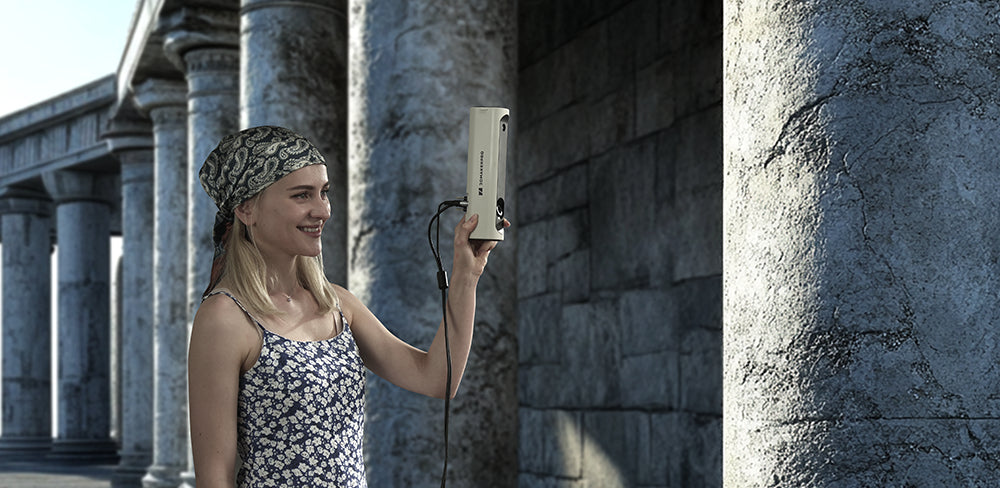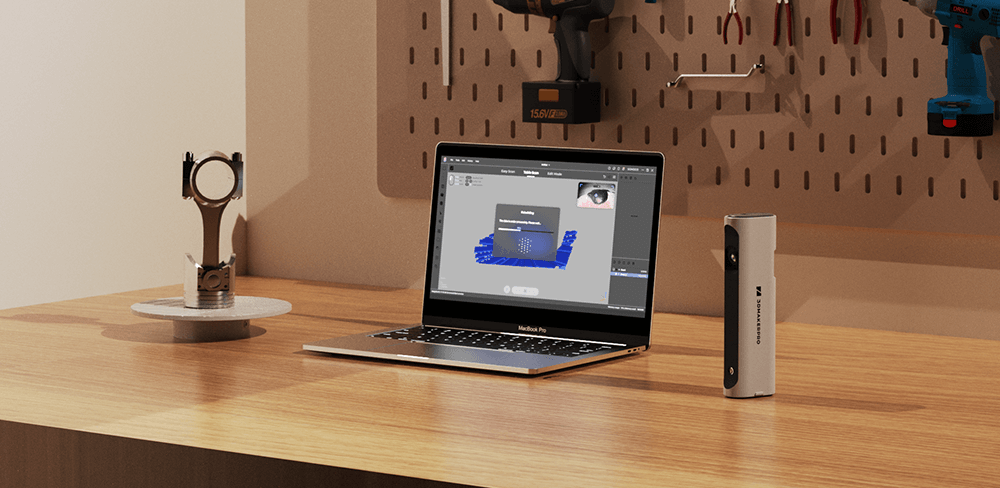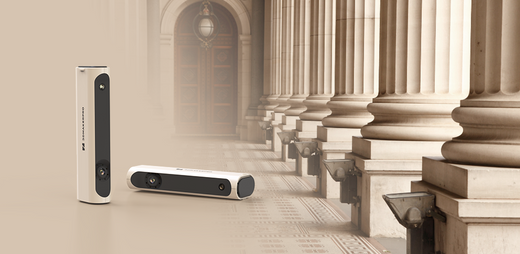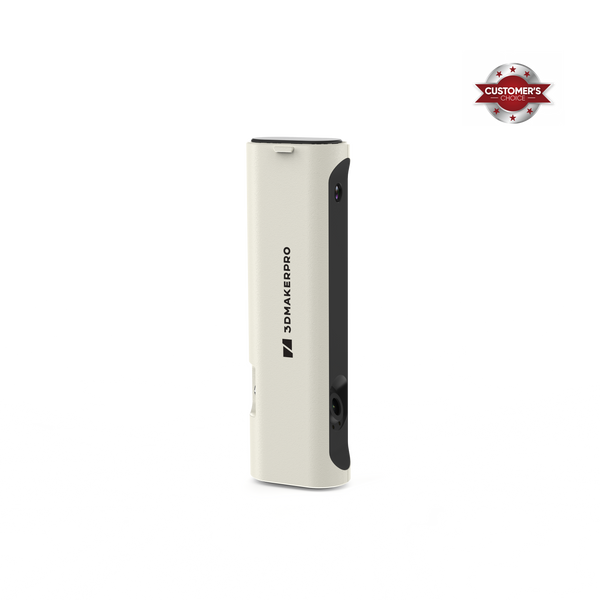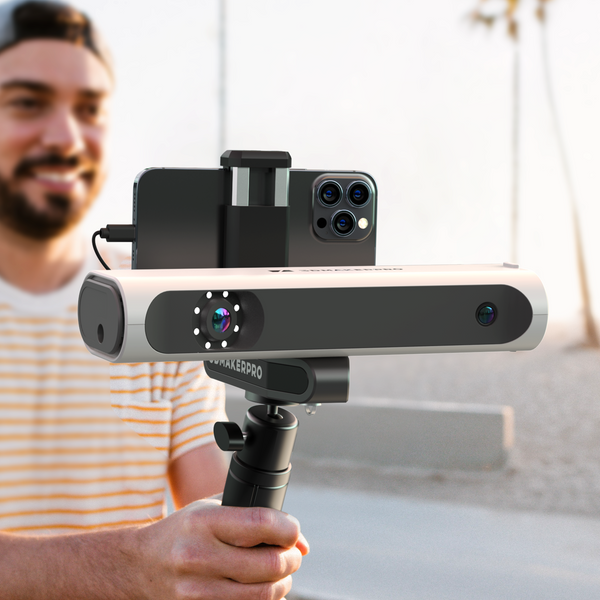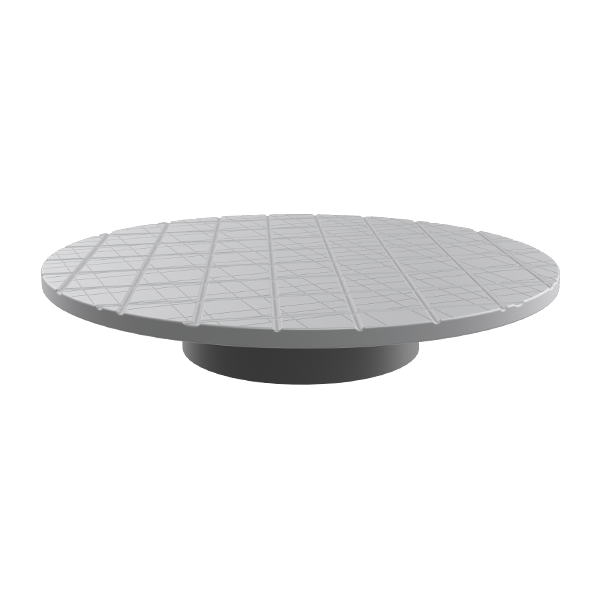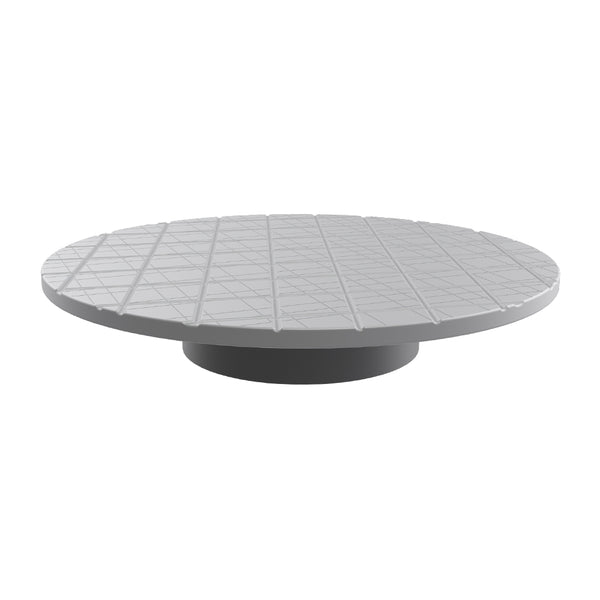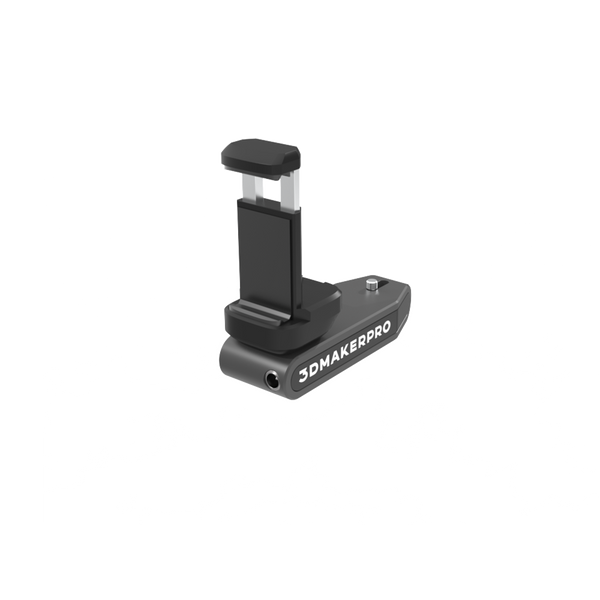En el ámbito del patrimonio cultural, la preservación de artefactos y estructuras históricas es esencial para mantener nuestra conexión con el pasado. Entre las tecnologías innovadoras que contribuyen a esta misión, el escaneo 3D se ha convertido en una herramienta transformadora que nos permite capturar y analizar los intrincados detalles de nuestro patrimonio. Este blog explora cómo el escaneo 3D, en particular a través de dispositivos avanzados como el... Lynx Escáner 3D-- un escáner 3D asequible que está revolucionando los proyectos de restauración y creando un vínculo vital entre el pasado y el presente.
Comprensión del escaneo 3D
El escaneo 3D es un proceso sofisticado que captura las dimensiones físicas de un objeto o entorno, convirtiéndolo en un modelo digital 3D. Lynx Escáner 3D portátil ejemplifica esta tecnología con su notable precisión de 0,10 mm y una resolución de 0,30 mm, lo que garantiza que incluso los detalles más finos de los artefactos históricos se registren meticulosamente. Mediante el uso de tecnología láser y fotogrametría, el Lynx Recopila datos detallados que representan la forma, la textura y el color del objeto. Su diseño compacto, de 244 × 75 × 48 mm y un peso de tan solo 800 g, lo hace fácil de usar y muy portátil, lo que permite a los conservacionistas escanear en diversos entornos, desde museos hasta yacimientos arqueológicos remotos.
Aplicaciones en Restauración
1. Documentación precisa
Una de las principales ventajas del escaneo 3D en proyectos de restauración es su capacidad para proporcionar documentación precisa de artefactos y estructuras históricas. Los métodos tradicionales, como fotografías y bocetos, a menudo pasan por alto detalles intrincados que son cruciales para comprender la importancia histórica de un objeto. Lynx's La alta velocidad de fotogramas de 10 fps facilita la captura eficiente de datos en tiempo real, lo que garantiza que los restauradores documenten cada detalle del objeto o edificio. Esta comprensión integral es esencial para tomar decisiones informadas durante el proceso de restauración, permitiendo a los conservadores crear un registro detallado que pueda utilizarse como referencia para futuras restauraciones o investigaciones.
2. Restauración virtual
El escaneo 3D también abre la puerta a la restauración virtual, permitiendo a los conservadores experimentar con diversas técnicas sin alterar físicamente el artículo original. Lynx's El modo de seguimiento visual, combinado con una distancia de trabajo de 400-900 mm, permite crear réplicas digitales con una fidelidad excepcional. Los restauradores pueden simular diferentes escenarios de restauración, analizar el impacto potencial de diversos materiales y visualizar los resultados en un entorno virtual. Este innovador enfoque minimiza el riesgo de dañar artefactos delicados y facilita la selección de los métodos de restauración más adecuados, lo que en última instancia se traduce en esfuerzos de conservación más exitosos.
3. Replicación y reproducción
En los casos en que los materiales originales ya no están disponibles o no son viables, el escaneo 3D proporciona soluciones efectivas para la replicación. Lynx's Su rango de escaneo de 100-2000 mm permite la adaptación de objetos de diversos tamaños, lo que produce escaneos detallados que permiten crear reproducciones precisas de artefactos. Estas réplicas pueden exhibirse en museos o centros educativos, preservando el objeto original y haciendo accesible la historia a un público más amplio. Esto no solo fomenta la apreciación del patrimonio cultural, sino que también fomenta la interacción del público con la historia mediante exhibiciones interactivas.
Estudios de caso: Implementaciones exitosas
El Coliseo de Roma
Un ejemplo destacado del escaneo 3D en la restauración es el trabajo en curso en el Coliseo de Roma. Utilizando tecnologías de escaneo avanzadas como el Lynx ha permitido a los investigadores crear modelos muy detallados de este antiguo anfiteatro. LynxLas capacidades de 'permiten un análisis exhaustivo de la integridad estructural, lo que proporciona información crucial sobre el contexto histórico del edificio. Su fuente de luz NIR mejora la captura de texturas, revelando características sutiles que contribuyen a nuestra comprensión de la ingeniería y la arquitectura romanas. Esta información guía las labores de restauración, garantizando que respeten el diseño original y aborden las preocupaciones de seguridad modernas.
La estatua de David
Otra aplicación fascinante es la restauración del David de Miguel Ángel. El escaneo 3D ha permitido a los conservadores mapear la superficie de la estatua con una precisión notable, identificando áreas donde el mármol se ha deteriorado con el tiempo. Los datos recopilados por... Lynx No solo contribuye al desarrollo de estrategias de conservación específicas, sino que también contribuye a preservar la integridad de esta icónica escultura. Al preservar su autenticidad histórica, los conservadores garantizan que las generaciones futuras puedan seguir admirando y aprendiendo de esta obra maestra.
Desafíos y consideraciones
Si bien el escaneo 3D ofrece numerosas ventajas, también presenta desafíos. Esta tecnología requiere equipos y experiencia especializados, lo cual puede representar un obstáculo para algunos proyectos de restauración, especialmente en entornos con recursos limitados. Además, deben abordarse consideraciones éticas, en particular respecto a la propiedad y la posible comercialización de los artefactos escaneados. Es crucial que la comunidad conservacionista establezca directrices que protejan el patrimonio cultural, a la vez que adoptan los avances tecnológicos.
Conclusión
El escaneo 3D es una herramienta poderosa que conecta el pasado y el presente en los proyectos de restauración. Al proporcionar documentación precisa, permitir restauraciones virtuales y facilitar la replicación, tecnologías como la Lynx Escáner 3D portátil Mejorar nuestra capacidad de preservar el patrimonio cultural para las generaciones futuras. A medida que continuamos explorando y perfeccionando estos métodos, garantizamos que las historias de nuestro pasado permanezcan vibrantes y accesibles. Adoptar estas innovaciones no solo honra la historia, sino que también enriquece nuestra comprensión de las narrativas culturales que configuran nuestro mundo actual.


